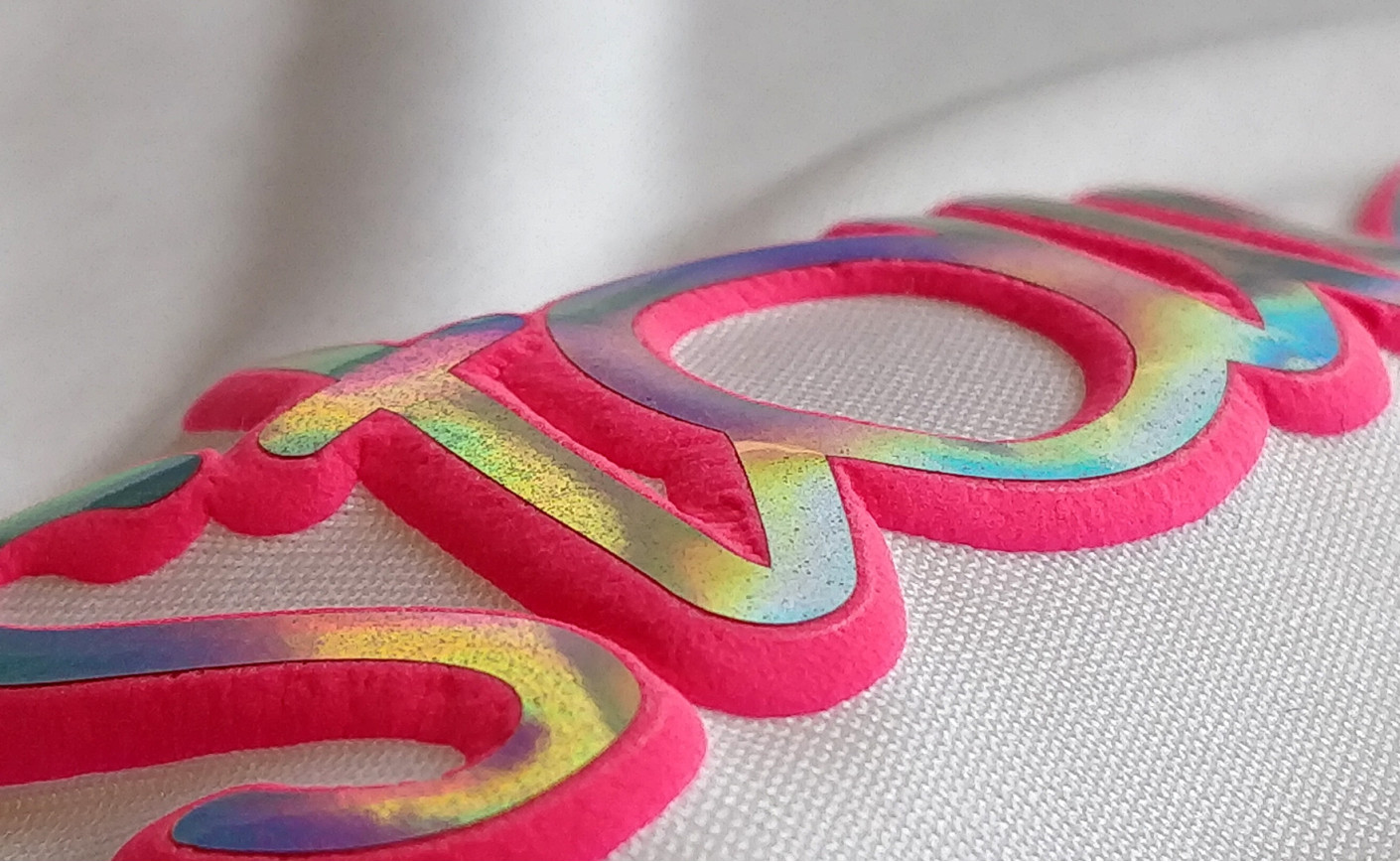
Printing on clothes is a popular way to personalize your garments. These appliqués allow you to express your style, showcase your passions, or simply add a splash of color to your everyday wardrobe. They can even give your clothes a whole new life. However, applying prints to clothing can sometimes present challenges. In this article, we will discuss the most common issues and provide tips on how to avoid them. Welcome.
Applying prints to garments is not a complex process, but it does require precision and some experience. Reading the instructions and application guidelines is essential to avoid unsightly effects or damage to your garments.
Proper preparation of the garment is crucial. The garment must be clean, dry, and wrinkle-free. It's a good idea to warm up the garment for a few seconds before applying the print, especially if using a heat press. If the garment is not properly prepared, the print may not adhere correctly or may peel off after washing.
Incorrect temperature and application time are common issues. The temperature and time must be appropriate for the application method and the specific product being used. If either is incorrect, the print may not stick properly or could burn.
To avoid these errors, it is important to follow the manufacturer's instructions for the imprint and the application method. Recommended parameters for inking are always included with our prints. If you want to experiment with different methods to see which gives the best results, let us know. We can provide free samples of our products.
Common Issues and Solutions
Leaning Print: This problem can occur if the transfer is pressed into the garment at too high a temperature. The thermal transfer adhesive might not have time to set before the transport layer is removed. Don't worry—you can try to reapply the print in the same place.
Prints Coming Off in the Wash: This issue is usually due to a low application temperature. The adhesive hasn’t had time to activate. Such an overprint can often be corrected by reapplying with the correct temperature.
Color Transfer from the T-Shirt to the Print: This happens when a standard print is made on a polyester garment not suitable for white printing. You can avoid this by using prints with a sublistop layer. Colors like red, black, and dark blue are particularly resistant to migration. Before ordering your prints, consult with your printers on the best method for your garment.
By following these tips, you can avoid problems with your garment prints and enjoy them for a long time. Check out our other blog posts for more important tips and information!


